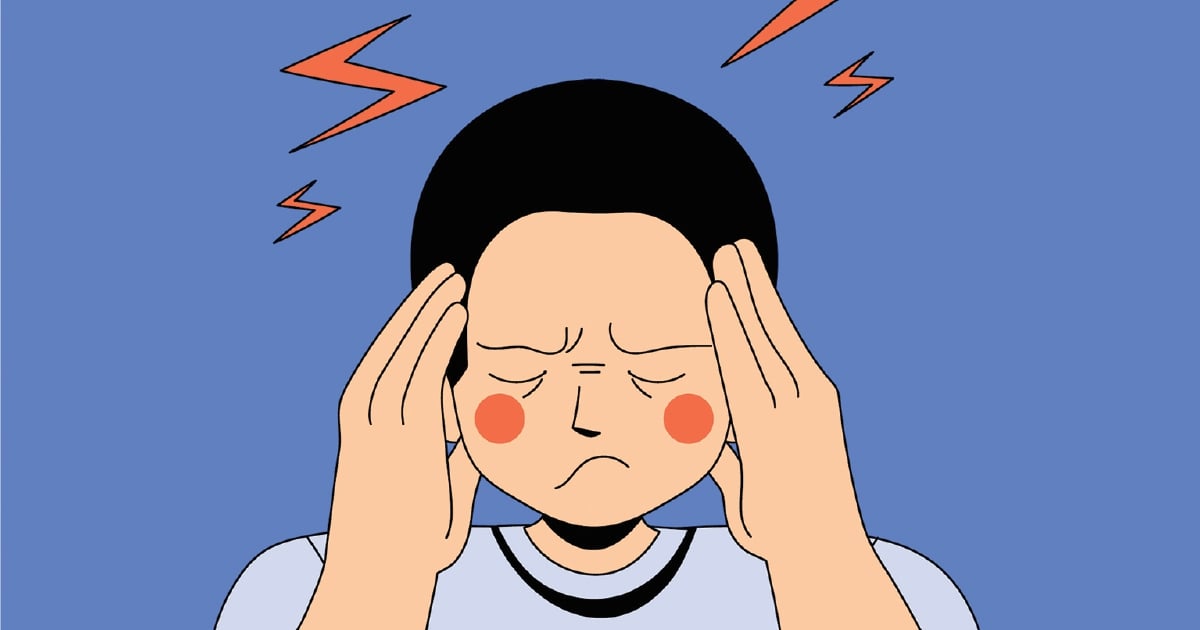A HEADACHE, especially a severe and persistent one should never be ignored. It’s often a sign that something is wrong.
A thunderclap headache is the worst headache one can experience. It’s also one of the warning signs of a cerebral aneurysm.
A cerebral aneurysm is the “ballooning” of a blood vessel in the brain, caused by a weakened area in the wall of that vessel.
A thunderclap headache is among the early signs of this condition.
Unfortunately, headaches are often ignored or rarely associated with something serious, so most patients with this symptom tend to wait it out, relying on painkillers to manage the extreme discomfort, says Pantai Hospital Melaka consultant neurosurgeon Dr Patrick Kho Giat Seng.
Only when the headache is accompanied by seizures do they seek medical advice, or if they experience other accompanying symptoms such as weakness on one side or slurring of speech.
“If it’s purely a headache, they don’t seek treatment, but when they tell us they also feel something warm flowing from their head, along the neck and all the way down, we immediately suspect a cerebral aneurysm.”
POTENTIALLY FATAL
In about 30 per cent of cases, the blood vessel ruptures, causing immediate death. Another 30 per cent will die on the way to the hospital, explains Dr Kho.
Among the survivors, less than 10 per cent would go back to normal. Some might remain in a vegetative state.
Diabetes, hypertension, alcohol and smoking are among the risk factors.
Dr Kho says in Malaysia, among every 1,000 individuals, four would be at risk with a higher prevalence among Malays compared with Chinese and Indians. And women have a slightly elevated risk compared with men.
The vast majority of cases in Malaysia involve patients with an already ruptured vessel, so their condition is very serious due to the ensuing complications.If the vessel is unruptured, the chance for a full recovery is better.
A re-rupture can also happen and is almost always fatal, explains Dr Kho.
Vasospasm, for example, a known complication of a ruptured vessel, can result in a fatal stroke and patients face this risk for up to 28 days after a cerebral aneurysm.
TREATMENT OPTIONS
Treating a cerebral aneurysm would depend on the area of the brain where the problem has happened and the condition of the patient at that time.
It can involve either open surgery or the “coiling” method, where an interventional radiologist inserts a wire to “coil” the abnormal ballooning vessel to prevent it from rupturing.
“With coiling, the approach is less invasive and recovery much faster,” explains Dr Kho.
The best approach is to detect it early so we should never ignore or dismiss headaches, adds Dr Kho
“We don’t know who it will happen to and when it will strike, so it pays to be cautious.”
© New Straits Times Press (M) Bhd






